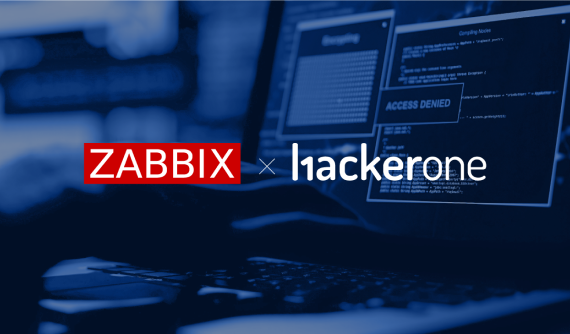Security issue reporting
Before reporting the issue:
Make sure that the issue you are submitting is not related to server configuration, 3rd party scripts and utilities. In order to avoid any possible issues with server configuration we advise Áú»¢¶Ä²© users to read
Best practices for secure Áú»¢¶Ä²© setup.
in the Áú»¢¶Ä²© Security Reports (ZBXSEC) section of the public bug tracker describing the problem (and a proposed solution if possible) in detail. This way, we can ensure that only the Áú»¢¶Ä²© security team and the reporter have access to the case.
The following information will be helpful for the Áú»¢¶Ä²© Security team:
- Date and time when you identified the security defect.
- Affected Áú»¢¶Ä²© version range.
- Type of security issue you are reporting, e.g.: XSS, CSRF, SQLi, RCE.
- Affected components, e.g.: Frontend, Server, Agent, API.
- Any details you can provide, e.g. screenshots, screen recordings, http(s) transaction logs, POC exploits (please do not share any evidence via unauthenticated file sharing services and avoid sharing sensitive information, as if the Áú»¢¶Ä²© Security team decides that this issue does not fit the security defect description it might be moved to the ZBX project and the issue will be visible to all users).
- Step-by-step instructions on how to reproduce the issue, as the problem might not be easily identifiable.

